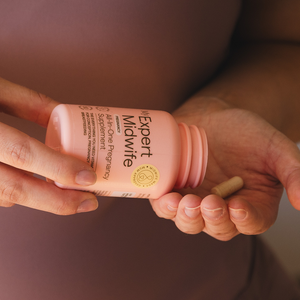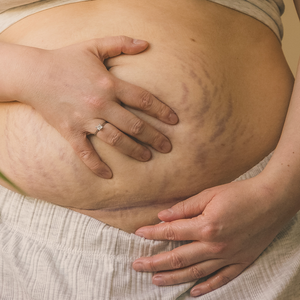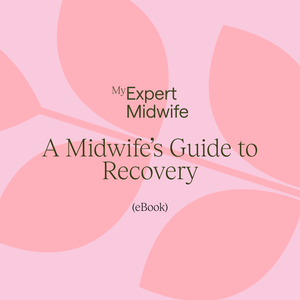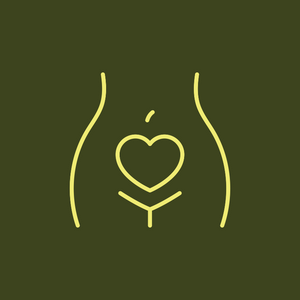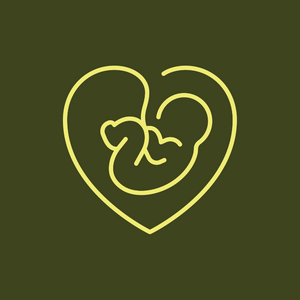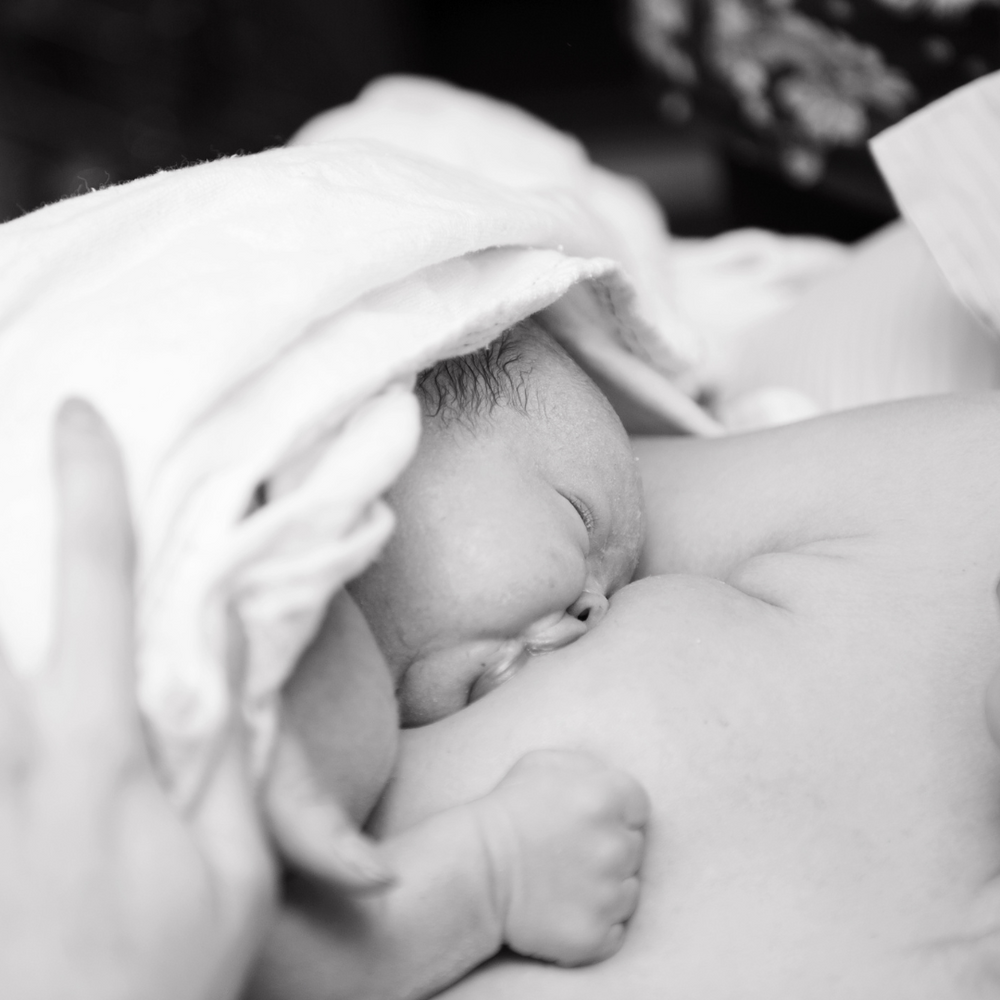“Breastfeeding is natural!” they cry. So why do so many women and people find breastfeeding so difficult?
Humans are mammals. Just like cats, horses, hippos and dolphins, we feed our young exclusively on our own milk when they’re born and up until they wean from the breast. Cats, horses, hippos and dolphins don’t need to have breastfeeding specialists to help them to nurse, so why do we humans?
The problem with positions
The most common breastfeeding positions that we are taught when we give birth are either ‘cradle’ or ‘cross cradle’. Both are very similar and involve holding our baby with one arm as they lay across us and trying to latch them onto one breast or the other. If shown correctly, the hand should be on the baby’s neck, supporting the head a little but allowing baby to tip their head back. Baby is held nose to nipple. We wait for a wide-open mouth, then bring baby to the breast, chin first. We then look for, amongst other things, plump cheeks, lots of breast in the mouth, the nose clear of the breast and a pain-free breastfeeding experience.
This sounds really complicated because it is really complicated. If it’s not done right it can be really hard to get the baby to latch well and latch deeply in this position. It also makes no biological sense to have a breastfeeding position which needs someone to help you to get it right.
All mammals have the instinct to nurse
Kittens, foals, and hippo and dolphin calves all have the instinct to nurse and don’t need to be taught how to. Humans are no different. Instead of trying to hold our babies in a specific position which doesn’t allow them to use their own instincts we can instead use breastfeeding positions which promote the natural behaviours that our babies are born with.
What instincts are our babies born with?
Our babies have breastfeeding instincts from birth, literally from their head to their toes.
Hold a newborn upright with their feet on a hard surface and they will often ‘step’. This instinct helped them to be born – they are thought to push with their feet against the top of the uterus during birth. Once they are here, babies can push themselves towards the breast with their feet, pressing against our bellies and doing what’s called “the breast crawl”.
Those arms which flail like an octopus when using the cradle or cross cradle positions? They’re actually trying to pull themselves towards the nipple – also an essential part of the breast crawl. Their eyes, not yet focused on anything further away than about 10 inches away, look for the areola (the darker part around your nipple). You may have spotted that this has deepened in colour during your pregnancy, which is your amazing body creating a target for your brand new son or daughter to be able to see more easily. The areola also releases a scent that your baby can smell, through the Montgomery glands. These are the little raised dots that develop in pregnancy and, as well as creating a signpost for your baby’s nose to follow, they also secrete a special lubricant to keep your nipples soft and supple.
What positions work to support nursing instincts?
Upright positions are great for labour and birth, but laid back positions are great for getting breastfeeding off to a good start! Try lying in a semi-upright position, comfortably supported with pillows or, if you’re in hospital, with the back of the bed lifted. Place your baby skin to skin between your breasts and let them crawl and bump their way to the nipple of their choice. When they find a nipple they may nuzzle or lick it for a while, but eventually they should open their mouth and self-attach. The whole process can take anything from a few minutes to an hour or so, and so it’s best to start when your baby isn’t really hungry, giving them time to make their way to the breast as they start to feel peckish, rather than when they’re desperately hungry.
This position is known as ‘biological nurturing’ or ‘laid back breastfeeding’ and you can find videos and photos online which help you to visualise it.
Biological nurturing works best when you and baby haven’t had any drugs which interfere with your instincts or ability to move, such as opiates or an epidural, but it can also be used after these have worn off in the hours, days and weeks after birth.
It’s not so great for feeding your baby in the Marks and Spencer’s Café, so getting to grips with the cradle holds can also be really helpful in due course – but at least to start with, the biological nurturing position can be a powerful tool in your breastfeeding toolbox.
Summary
Common breastfeeding positions don’t allow our bodies, or our babies, to use the instincts that all babies are born with. The biological nurturing (otherwise known as laid back breastfeeding) position uses these instincts and can help even reluctant feeders to get a good latch and a great start to their breastfeeding journey.
